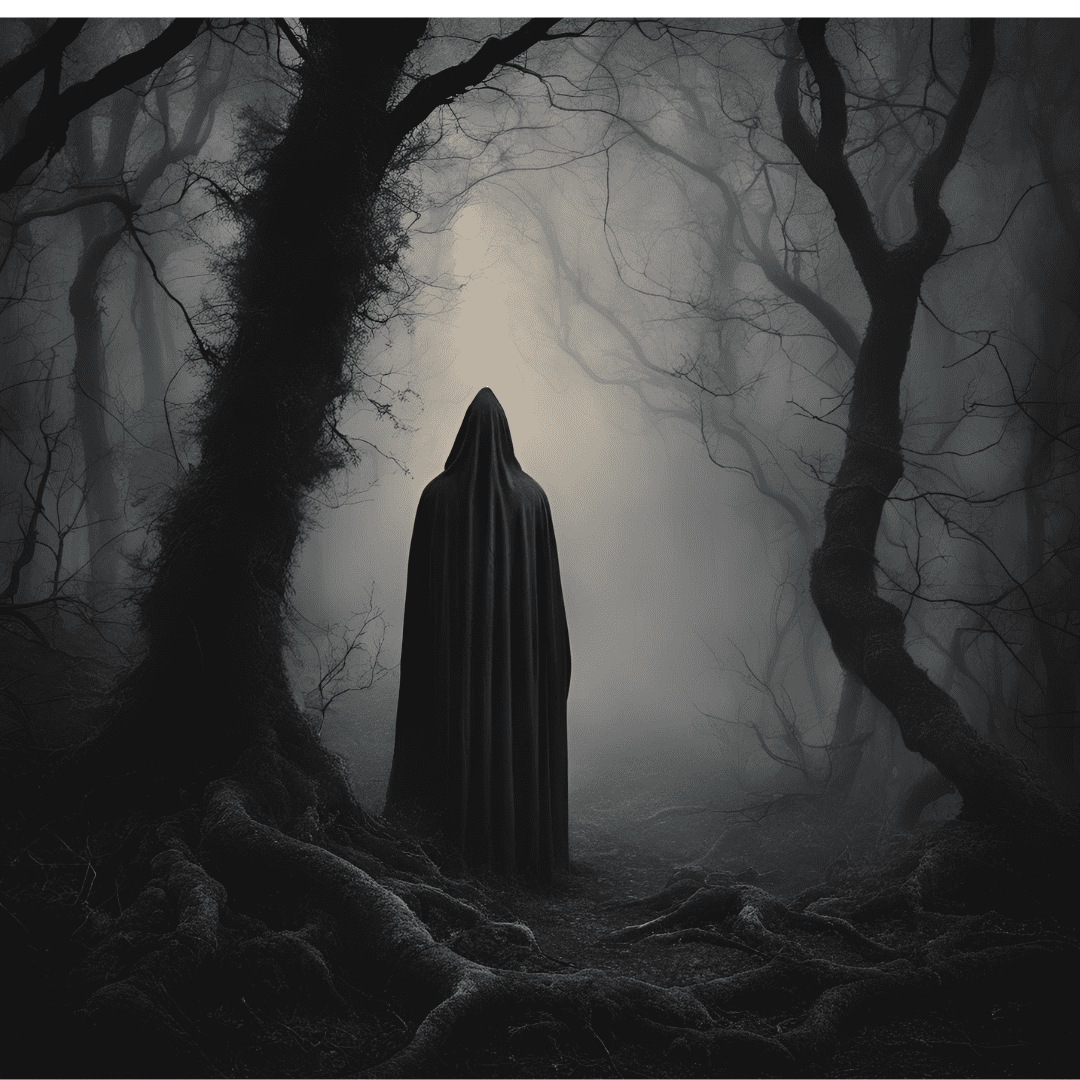As a therapist working with postpartum mothers experiencing anxiety and intrusive thoughts, I’ve found that sometimes the most powerful therapeutic insights can come from unexpected places – like the magical world of Harry Potter.
In Harry Potter and the Prisoner of Azkaban, students at Hogwarts encounter a creature called a boggart – a shape-shifter that transforms into whatever the person facing it fears most. This magical creature offers us a remarkably apt metaphor for understanding how anxiety and intrusive thoughts work, particularly in the postpartum period.
The Nature of Boggarts and Intrusive Thoughts
Just as a boggart takes the shape of our deepest fears, our anxious minds can transform ordinary situations or thoughts into seemingly insurmountable threats. A new mother might experience an intrusive thought about harming her baby, and like a boggart, this thought can grow into something that feels overwhelmingly real and dangerous.
But here’s the crucial thing about boggarts: they aren’t actually the terrible things they appear to be. They’re simply reflecting and amplifying our fears back to us. Sound familiar? This is exactly how intrusive thoughts work – they’re not predictions or intentions, but rather manifestations of our deepest concerns about what matters most to us. When a mother has an intrusive thought about her baby’s safety, it’s precisely because she cares so deeply about protecting her child. Our minds (through thought) often target what we value most, just as a boggart transforms into our greatest fear. The very presence of these distressing thoughts can paradoxically be seen as evidence of just how much we care about our loved ones and how committed we are to their wellbeing. Understanding this can help us begin to see that these thoughts, while deeply unsettling or disturbing, are actually our mind’s misguided attempt to protect what we cherish most. This is critical for you to understand. It’s not actually about what your mind is saying it’s about. The content your mind generates – like the shape a boggart assumes – doesn’t require solving, decoding, or deep analysis. It’s merely an illusion, a mental projection, onto which your mind has cast its fears and anxieties. Like a shadow on the wall that appears monstrous but holds no substance, these thoughts are simply where your mind has chosen to direct its stress and worry.
The Power of “Riddikulus”
In the Harry Potter series, students learn to combat boggarts with the “Riddikulus” spell, which transforms the frightening image into something laughable. The key insight here isn’t about making light of serious fears, but rather about recognizing our power to change how we relate to them.
When we’re caught in the grip of anxiety or intrusive thoughts, they can feel overwhelming and all-consuming. But just as Professor Lupin teaches his students that boggarts lose their power when we face them with a different perspective, we can learn to relate to our anxious thoughts differently. The key here is to relate to fear-thoughts as fears and thoughts, not as realities or possible realities (just as Professor Lupin instructs his students to treat the boggarts as boggarts, not as the things of which the boggarts have taken form).
Practical Lessons from the Boggart Cabinet
Here’s what the boggart teaches us about managing anxiety and intrusive thoughts:
- Fear feeds on isolation: In class, students face the boggart together. Similarly, sharing our fears with trusted others (like a therapist or support group) often reduces their power over us.
- The fear isn’t the reality: Just as a boggart isn’t actually a spider, a dementor, or Professor Snape, our anxious thoughts aren’t accurate representations of reality – they’re projections of our minds’ fears.
- Perspective is powerful: The “Riddikulus” charm works by changing how we see the threat. While we can’t simply laugh away postpartum anxiety, we can learn to view our thoughts with more distance and less automatic belief.
A Compassionate Approach to Fear
Remember how Professor Lupin never shames his students for their fears? This compassionate approach is essential when dealing with anxiety and intrusive thoughts. Your fears don’t define you, and having them doesn’t make you a bad person or a bad mother.
Just as Harry and his classmates learn that boggarts, once understood, become manageable, we can learn that anxiety and intrusive thoughts, while uncomfortable, don’t have to control our lives. They’re not omens or truth-tellers – they’re more like boggarts, taking our fears and magnifying them into seemingly real threats. Just as boggarts naturally exist within the magical world of Harry Potter, intrusive thoughts are simply part of the landscape of the human mind. These unwanted mental experiences aren’t a flaw or failure – they’re a universal aspect of human consciousness that we all navigate
Moving Forward
The next time you’re faced with intrusive thoughts and anxiety, try to remember the boggart. Ask yourself:
- Is this thought reality, or is my mind acting like a boggart by projecting my deepest fears?
- What would help me to remember to see this situation more clearly, like the “Riddikulus” charm does for the students?
- Who can I share my experience of anxiety with, knowing that fears often lose power when brought into the light?
Remember, just as every student in Professor Lupin’s class was capable of facing their boggart, you too have the strength to face fear head on. With support, practice, and self-compassion, you can learn to recognize your mind’s boggarts for what they are – not reality, but rather reflections of fears that can be overcome.
Your mind’s fearful thoughts, like boggarts, may feel overwhelmingly real in the moment. But with the right tools, support, and perspective, you can learn to face them with courage and wisdom, knowing that they don’t define your reality or your future.
Disclaimer: While these strategies can be helpful, they are not a substitute for professional mental health support.
© 2025


leave a comment
Ready to take the next step?
Schedule consult call with me here